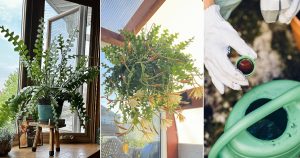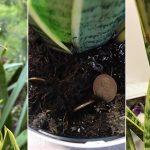Discover the secret benefits of using aloe vera as a natural fertilizer for your succulents. Boost growth and health with this magic ingredient!
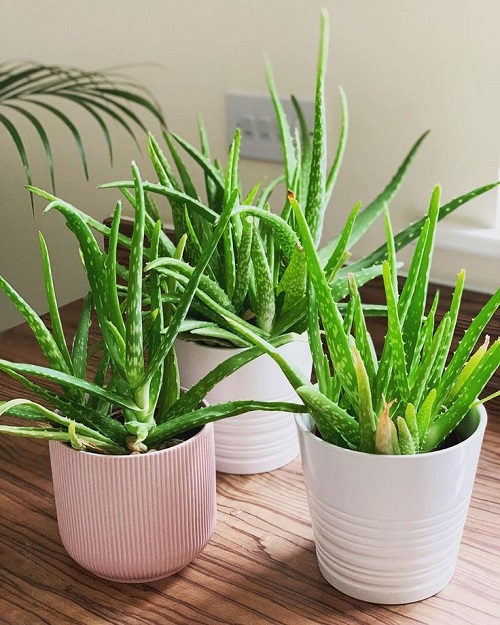
Aloe vera is not a stranger to you for clear and glowing skin. This plant of immortality is renowned for its healing, hydrating, and anti-inflammatory properties. And it is packed with benefits as a powerful natural fertilizer for your dainty succulents. You’ll love the natural greens for your cute little succulents. Want to see how?
Why Is Aloe Vera Good for Succulents?
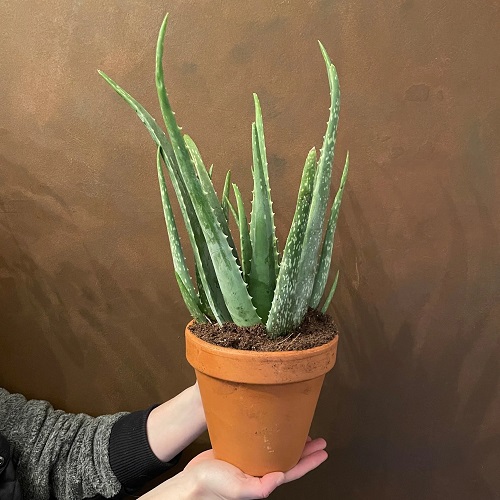
As we know, that succulents store water in their leaves, so they are low-maintenance and perfect for indoor spaces. Still, they crave an occasional nutrient boost—especially during their growing season.
But how does Aloe Vera act as a savior here? Aloe vera is rich in numerous vitamins like vitamin A, B1, B2, B6, B12, C, and E. And minerals like calcium, magnesium, zinc, and potassium.
Along with natural plant hormones, it can be used as a great food source for your succulents. Plus, aloe vera helps in cell regeneration, root growth, and boosting immunity for your little friends.
Extra tip: Its salicylic acid gently stimulates growth and helps plants recover from stress—ideal for fresh cuttings or newly repotted succulents.
Why are Chemical Fertilizers not the one?
Chemical fertilizers may give quick results, but over time they drain soil health, cause salt buildup, and harm beneficial microbes. Aloe vera, on the other hand, is 100% organic, biodegradable, safe for pets and pollinators, and improves soil health while releasing nutrients slowly—saving you money and effort in the long run.
Benefits of Aloe Vera as a Fertilizer for Succulents
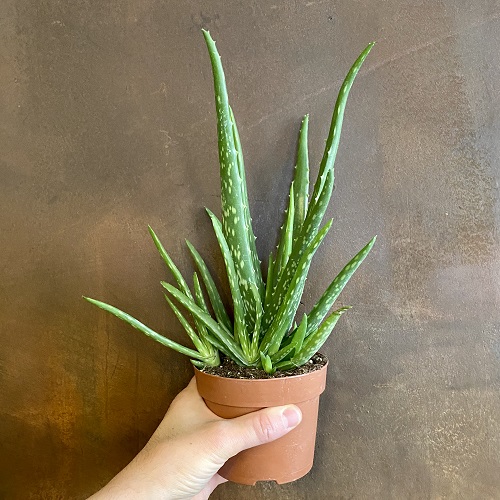
1. Promotes Plant Growth
Over 75 bioactive compounds strengthen roots, improve leaf structure, speed up growth, and enhance color vibrancy—perfect for making reds and purples pop.
2. Boosts Immunity and Resilience
Succulents are vulnerable to pests, harsh weather conditions, and transplant errors. Aloe vera has natural antifungal, antibacterial, and antiviral properties that help shield plants from pathogens and strengthen the plant’s immune system.
3. Improves Soil Health
The enzymes in aloe vera promote the growth of beneficial microorganisms in the soil. These microorganisms improve nutrient availability and make the soil more fertile over time. Aloe vera also enhances soil structure, water retention, and respiration.
4. Pest Repellent
Aloin naturally deters birds, bugs, and bats without harming pollinators. You can mix it with neem oil for an all-in-one growth booster and pest repellent.
How to Make Aloe Vera Fertilizer at Home
Step 1. Harvest Aloe Vera Gel
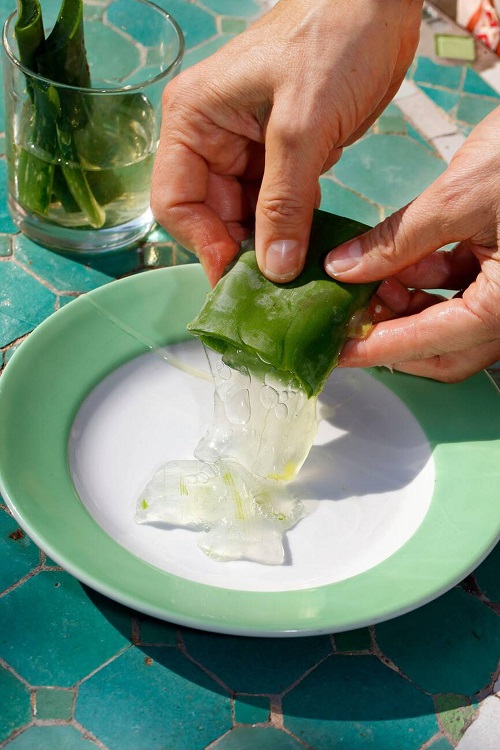
- Firstly, pick mature leaves from the outer section of the aloe vera plant.
- Cut the leaf close to the base using a clean and sharp knife.
- Let it drain upright for 5 to 10 minutes to remove the yellow sap/aloin. This step is important since it can irritate the plant.
- Peel off the green skin and extract out the clear gel using a spoon.
Step 2. Blend and Mix
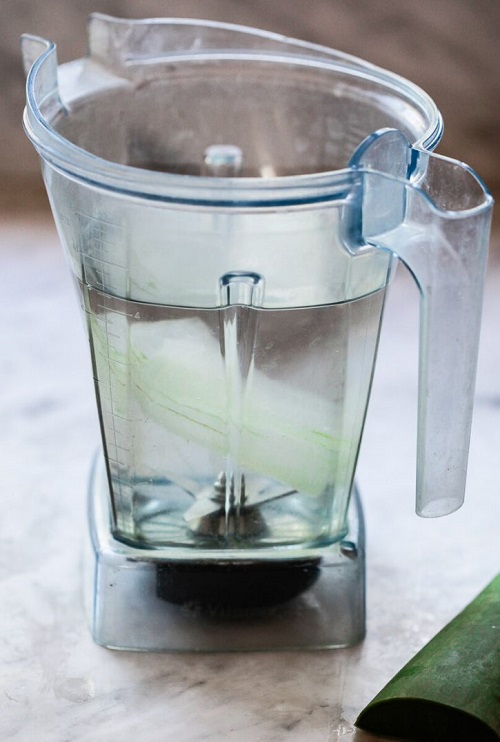
- Place 1 cup of aloe vera gel into a blender.
- Add 1 gallon of water and blend until smooth.
- Pour the mixture into a clean spray bottle or watering can.
- For added benefits, you can mix in 1 teaspoon of seaweed extract or a pinch of cinnamon.
Optional upgrade: Add a teaspoon of honey—it acts as a natural rooting stimulant and works wonderfully for propagation batches.
Step 3. Store it Right!
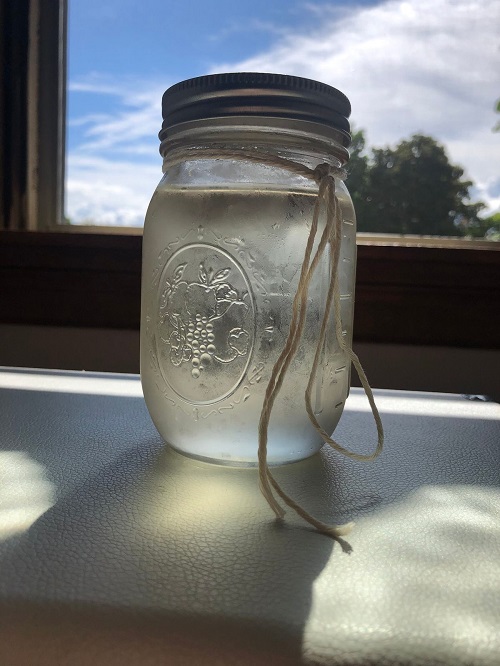
Store the remaining mixture in the refrigerator for up to 1 week. Remember to shake well before use.
How to Use Aloe Vera Fertilizer on Succulents
1. Soil Watering or Drenching
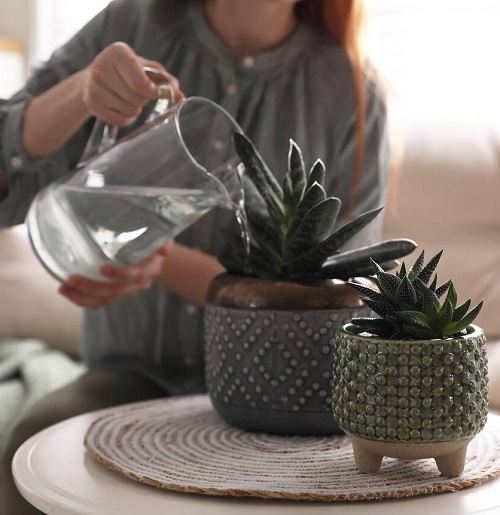
Simply pour the aloe vera fertilizer into the soil around your succulents once every 3 to 4 weeks during the growing season of spring and summer.
Avoid overdoing it, and treat it as a liquid energy drink for your plants because succulents prefer dry conditions and don’t need frequent feeding. So, an energy drink once in a while feeds them well.
2. Foliar Leaf Spray
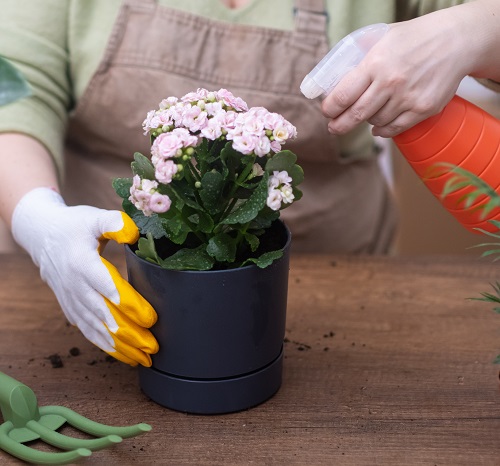
Spraying leaves allows faster nutrient absorption. Ensure to have your gel well blended to avoid clogging the sprayer. Apply the spray:
- In the early morning or late evening, avoid direct sunlight to prevent scorching
- On both the topside and underside of leaves until it is partially dripping
- Once a month for regular care or weekly for struggling plants
3. Root Cuttings
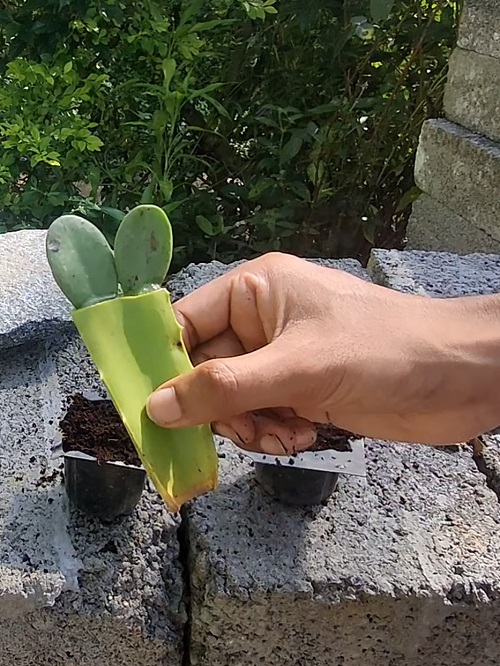
The natural rooting hormone helps prevent rot and encourages faster root development. You can begin by dipping the cutting in aloe vera gel and letting it dry for a day before planting it in a well-draining succulent soil.
Or you can soak the cut in aloe vera solution for a few hours. Applying gel directly to the soil can also be an alternative. All these methods help cuttings establish roots more quickly and minimize the risk of fungal infections or rotting.
4. Compost Booster
If you compost at home, you can add chopped aloe vera leaves or gel to your compost pile. It promotes decomposition and enriches the organic matter.
Extra perk: The mild scent of aloe in compost can also help deter certain unwanted pests from rummaging through your pile.
Final Tips for Your Little Succulents
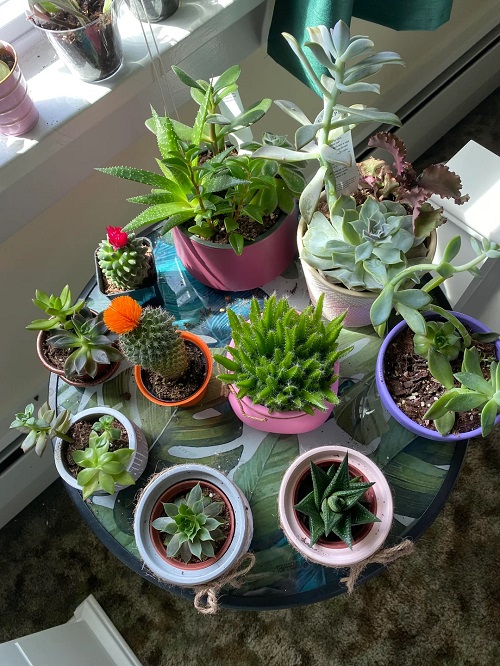
Less is more—overfeeding can harm succulents. Stick with Aloe barbadensis for best results. Watch for overwatering signs like soft, translucent leaves. For extra care, pair aloe with neem oil for pest control or compost tea for a microbe boost.
If aloe vera is already a beauty staple in your home, don’t forget your succulents—they deserve the same TLC! It’s one of the most natural, budget-friendly, and eco-conscious ways to keep them thriving.
Did you drink aloe vera juice or apply aloe vera gel to your face and forget your little succulent buddies? They need stronger roots, rich leaves, and vibrant growth, too! Using aloe vera as a fertilizer is one of the most natural, cost-effective, and eco-friendly ways to care for your succulents.


